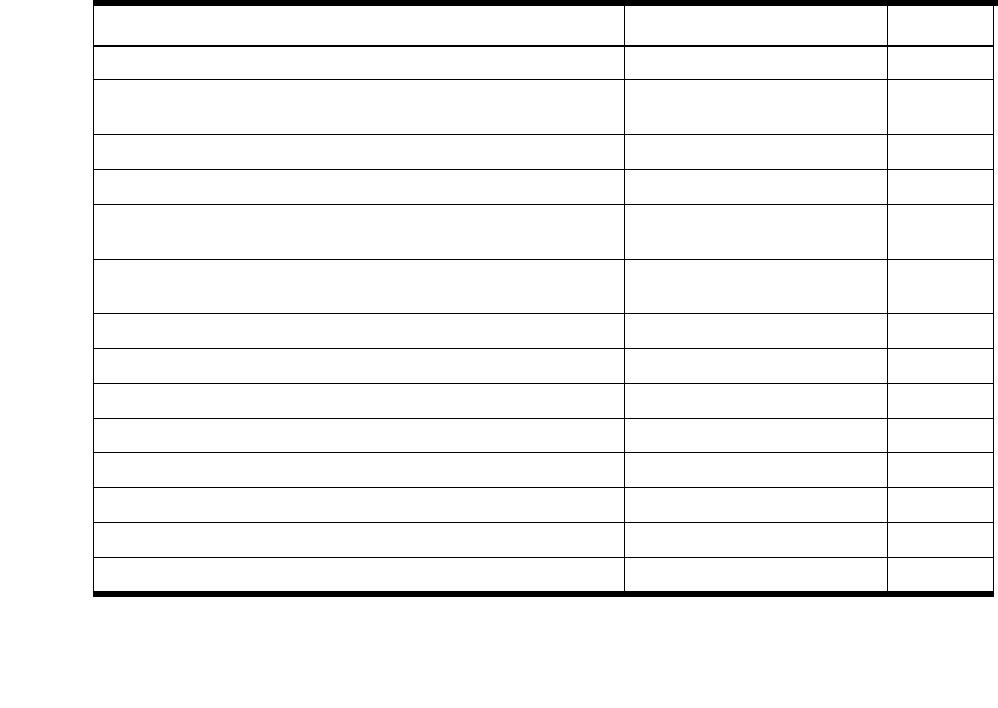
7
Rigid Media
One advantage of flatbed printers over platen printers is that the media drive system provides for a
more consistent advance rate. With the belt-fed system there is little need to perform media feed
calibrations when switching between media types or sizes. Printers that utilize a pinch roller/grit roller
drive mechanism are more sensitive to changes in size or weight, so media feed calibrations are
required when switching between media types.
Some media may be used only up to certain sizes or with certain print modes. For all media types and
sizes, sheet weight should not exceed the published specification for the printer of 125 lbs. (56.7 kg).
For materials between 50-250 lbs. (22-113 kg), choose Heavy when selecting weight in the Media
Wizard when to set the media belt drive motor and media advance interval.
Speed (print mode) limitations may be due either to weight restrictions, as the larger advance motions
do not work as well with the heavier weight materials and sizes, or because certain materials may
deform when subjected to sustained heat of the slower print modes.
Media tables should be level and coplanar to the flat surface of the media belt, appropriately and firmly
latched to the printer with the rollers oriented in such a fashion that they are in line with the print
direction. For printing on rigid media sheets greater than 12 feet (3.66 m) in length, a secondary set of
media tables should be attached to reduce the risk of headstrike damage.
For media with signs of warping or bowing that the vacuum table is unable to reduce, the hold down
rollers should be employed in conjunction with Warped Media Mode to reduce the risk of headstrike
damage.
Media size may impact results and certain sizes of media may not work as well with certain print modes.
The following table summarizes the maximum supported sizes per media type and points out which
media is likely to be inconsistent with certain print modes. Details can be found in the referred page.
Tests show reliable results with the following rigid media
Table 2 Rigid Media Compatibility shown with the following media:
Media
Supported Print Modes
Details
Acrylic Sheet (Plexiglas
®
and other brand names) All Page 8
Aluminum Composite Materials (Alumacorr
®
, Allumalite
®
, Dibond
®
,
and other brand names)
Limitations Page 9
Card Stock All Page 10
Clear Vinyl Sheet All Page 11
Corrugated fiberboard (clayfaced, kraft paper, and bleached), C
flute or smaller
All Page 12
Fluted polypropylene / corrugated plastic (Coroplast
®
, Interplast
®
,
etc.)
Limitations Page 13
Foam board (Fome-Cor, Kappa, etc.) All Page 14
Foamed PVC (Sintra
®
, Komatex
®
, Celtec
®
, etc.) All Page 15
Glass Limitations Page 16
PETG – Clear All Page 17
Plywood / Medium Density Overlay (MDO) Plywood Limitations Page 18
Polycarbonate Sheet (Lexan
®
, Makrolon
®
, Tuffak
®
) All Page 19
Polystyrene Sheet
All
Page 20
Polystyrene-faced foam board (Gatorplast
®
, Gatorplast
®
, etc.) Limitations Page 21


















